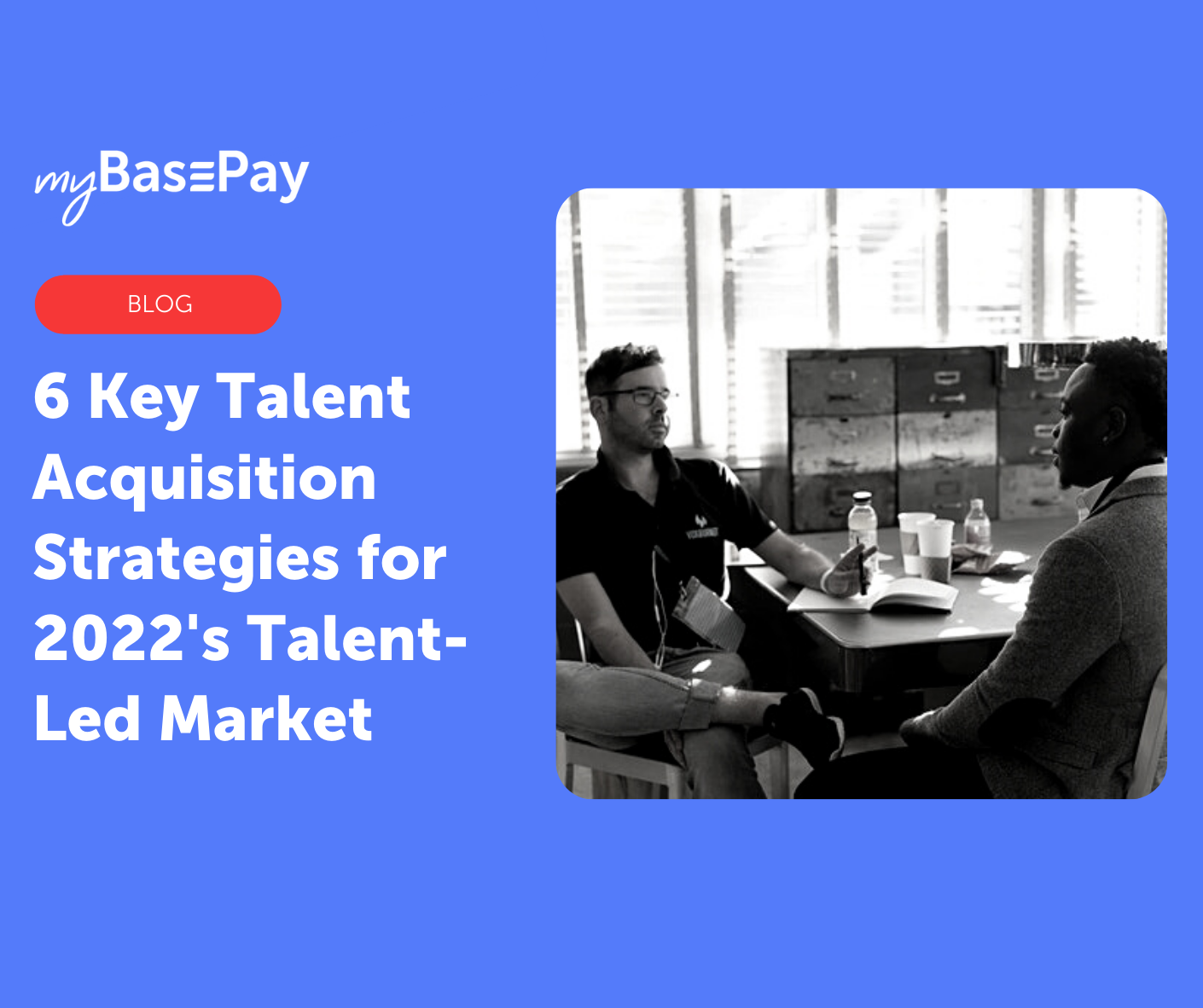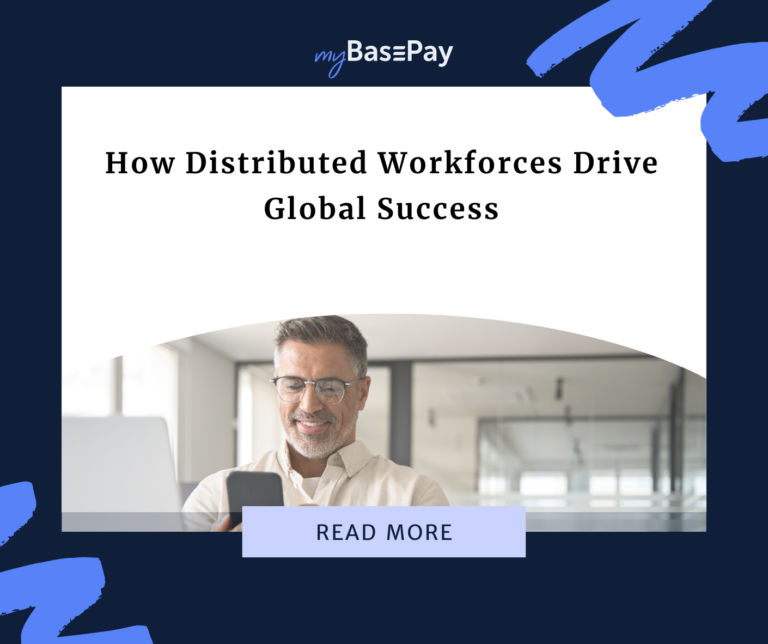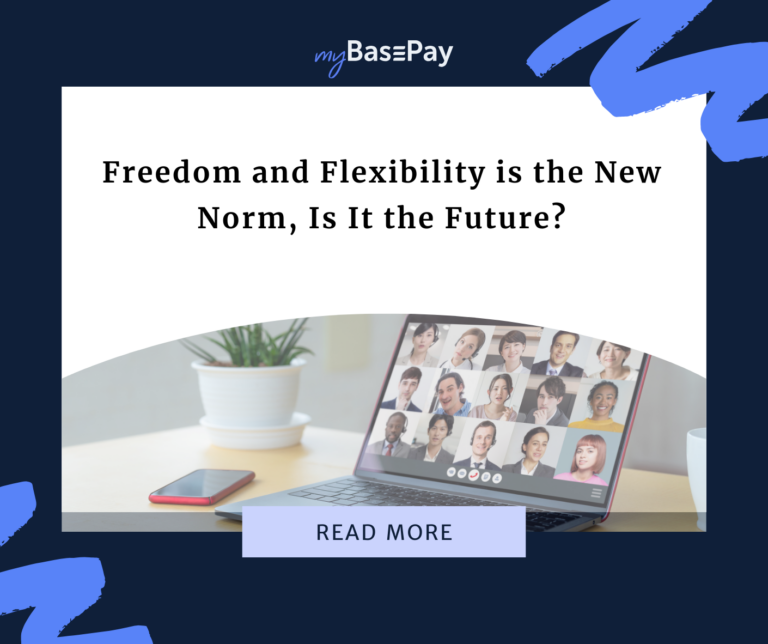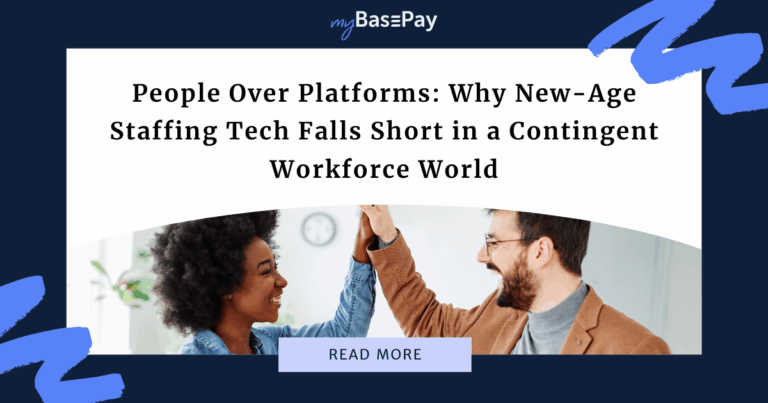6 Key Talent Acquisition Strategies for 2022’s Talent-Led Market
Before the pandemic, the sourcing and recruitment process was already a challenge. Now, as we approach the halfway mark of 2022, companies are still struggling to develop effective talent acquisition strategies. Currently, the United States is experiencing the highest rate of resignations in history. In September 2021, approximately 4 million workers voluntarily quit their jobs.
With so many sudden job openings, you’d think it would be easy to find eager workers. However, the tight labor market has put power back into the hands of workers, who now can demand higher quality working conditions from employers.
This could mean jobs with higher pay, better benefits, or more consistent hours. Whatever the demand may be, it’s driven an overwhelming number of the workforce to leave their positions in search for a more deserving opportunity.
Talent acquisition strategies have become more important now than ever, as companies frantically search for workers that best align with the current and future needs of the company.
Instead of conducting impromptu recruitment, businesses look to deliberately form long-term goals founded on meticulously planned and executed strategies. That way, when it comes time to hire, companies can be confident that their organization is in an excellent position to acquire top talent.
1. Don’t Underestimate the Power of Research
When in doubt, you can begin planning by conducting research and analyzing data. While this step might seem overstated, it’s a consistently successful part of the talent acquisition process.
By refining your approach, you can accurately locate talent that best fits your company. A data-led strategy allows you to test several tactics and analyze their effectiveness. Then, you can see which strategy works and which ones don’t.
Likewise, taking advantage of research can reveal competitors’ tactics. For example, if your competitors seem to be hiring top talent at a faster rate, conducting research can help you uncover their strategies.
Job and company review platforms like Indeed, ZipRecruiter, and Glassdoor are the easiest way to determine these methods, and see how you measure up to your competitors.
2. Create a Top-Tier Candidate Experience
Just as you’re searching for quality talent, so your potential candidates are searching for a quality employer. As stated before, we’re entering a candidate market framework, meaning creating a memorable candidate experience is crucial to the hiring process.
Nearly 80% of candidates believe that how they are treated during the recruitment process reveals how the company will treat them as an employee. For example, poor and inconsistent communication during the interviewing process could lead a candidate to believe that the company has a disorganized workflow.
Now, you may think that leaving a bad impression on just one candidate won’t amount to anything. But keep in mind that candidates frequently discuss their experiences with fellow candidates. If you treat one poorly, then they’re likely to spread the new of their negative experience to others.
To help prevent such an incident, consider offering candidate surveys, where they can leave feedback and offer tips for improvement. Additionally, ensure each candidate has your complete and undivided attention; the more valued they feel, the more likely they are to want to work for your company.
3. Align With Company Goals
Many job recruiters often ask their candidates, “Where do you see yourself in the next five to ten years?” Likewise, a smart business leader should have a clear vision of their future goals. By developing a talent acquisition strategy based on those goals, you will have a greater chance of find quality candidates.
Doing so will also lower the chances of hiring the wrong candidate. Oftentimes, a poor hire is a result of a lack of preparation, badly arranged interview process, or ill-defined job requirements. In other words, a poorly planned hiring process will only attract poor hires. Rather, tailoring your hiring tactics to company objectives will steer your efforts to top-talent hires.
4. Take Advantage of Automation and Technology
Communication gaps can create confusion amongst candidates, leaving them less likely to want to join your organization. That’s why so many companies have begun using automated communication tools.
Not only does it cut back on valuable time and resource costs, but it also enhances the overall productivity of internal affairs and allows for greater global reach of your company. Then, when it comes time to hire, recruiters can more effectively connect and interact with candidates.
Amidst the talent acquisition process, automation can close the gap of communication between the recruiter and candidate. Whether its reaching out to an individual you wish to hire, sending timely updates so they know where they stand, or offering an explanation of why they didn’t get hired, you should never leave a candidate hanging.
Using automated tools is the definition of working smarter, not harder. Instead of wasting time and money on completing time-consuming tasks, leveraging automation technology allows recruiters to automate those tasks, offering them more time to engage with candidates.
5. Diversify Your Approach
Many companies make the mistake of relying on a single acquisition strategy. After all, it’s the most natural approach to stick with tried and true sources and talent pools. But the modern day recruitment process is ever-changing — and so should your talent acquisition processes be just as adaptable. Finding top-talent demands an exploration of diverse sourcing strategies.
Consider looking into networking events, academic programs, or competitions. Pursuing non-traditional outreach methods will help you find more unique candidates than relying solely on sources like LinkedIn. Diversifying your talent sources will offer your brand a wider reach to more talented candidates, giving your company a competitive edge.
6. Encourage Runner-Up Candidates
This final strategy is arguably one of the more important, yet one of the most forgotten. A company should always be future-focused, and the best way to do that is by encouraging candidates who did well during your recruitment process but didn’t get the job.
Engaging with second-place candidates will solidify your company as an adaptable organization. When your company looks forward to scale and bring on more employees, your business remains at the top of their mind and you can revisit those runner-up candidates.
Additionally, this strategy will help contribute to the candidate experience and ensure they feel valued, making them more eager to join your company when future positions open.
Author: Cesar Romero
Cesar is the Head of Marketing at myBasePay, where he’s responsible for overseeing the company’s content marketing, community, and partnerships strategy. He also co-hosts The Ivy Podcast where he interviews executives from Fortune 500 companies on executive leadership. When he’s not helping startups with marketing and community strategy, you can find him paying it forward by serving as a mentor for leading organizations like StartingBloc, Hive, and Global Citizen Year.






